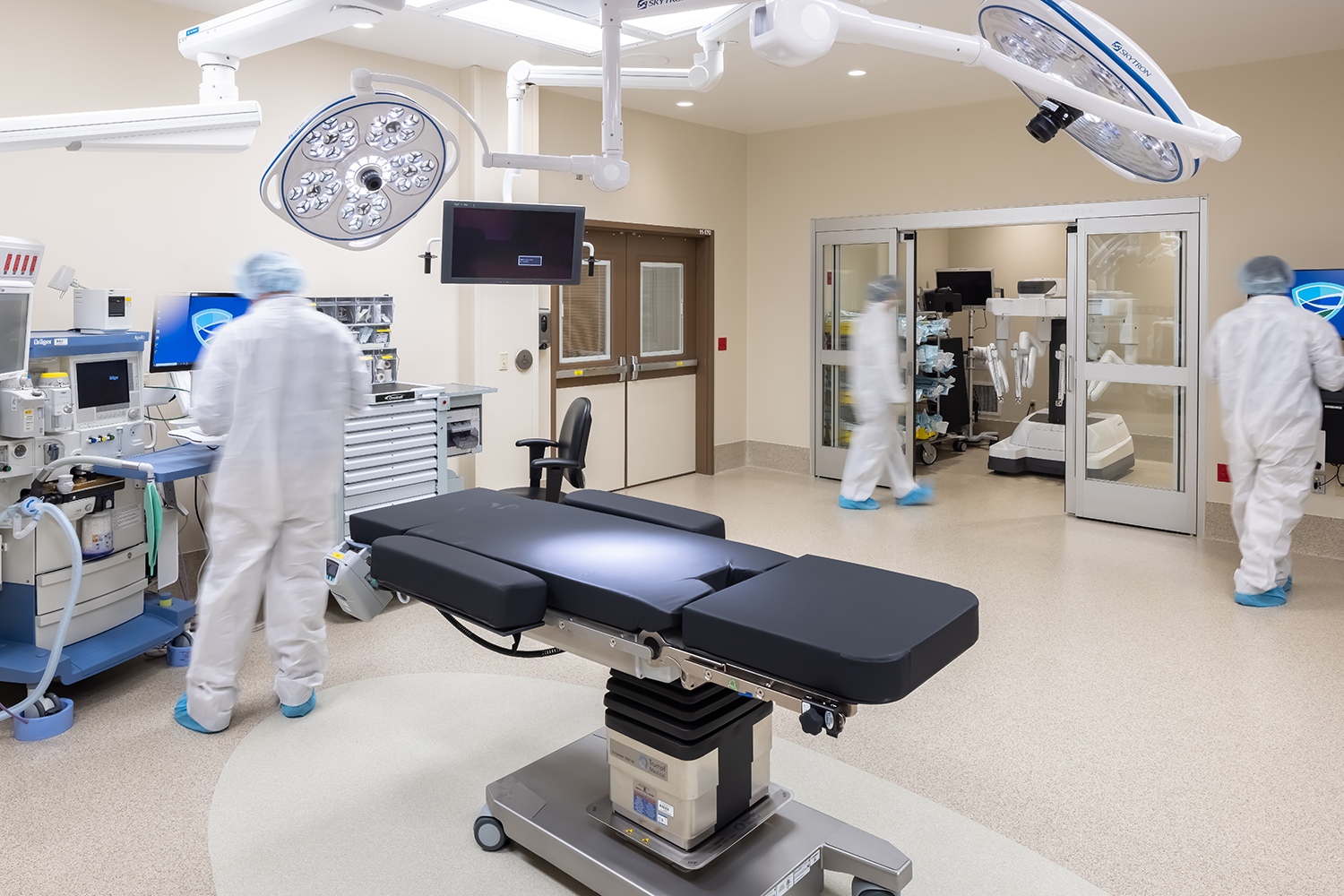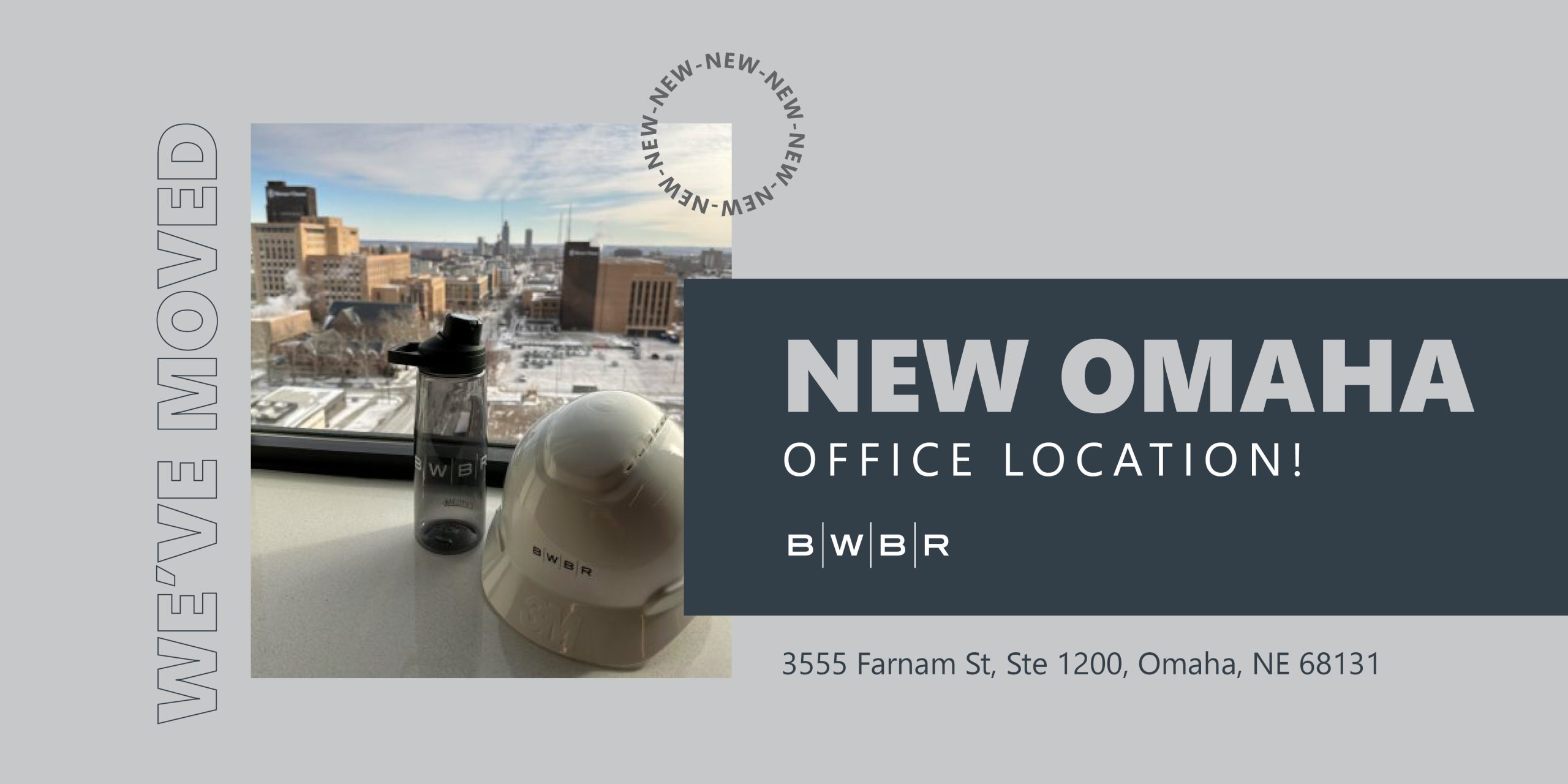When you think about healthcare, you might think about doctors, nurses, and other medical professionals who work tirelessly to save and improve lives. You also might think about all the equipment involved — MRI and X-ray machines, CAT scanners, high-tech hospital beds, heart monitors, etc.
But what about how it all fits together and flows in space? What about how things look and feel when you’re a patient — the colors, the light, the textures, the amount of open space, the sense of safety and comfort, the way the air circulates to keep pathogens to a minimum, how far the nurses must walk in order to get to you, how far your family has to walk to visit you, the acoustics, the elements of privacy…and that’s just a partial list. That’s what healthcare planners think about every day.
For this episode of Side of Design, host Jarett Anderson spoke with some of BWBR’s talented healthcare planners to learn about this incredibly important role.
The team:
- Sophia Skemp, healthcare project planner and one of Healthcare Design magazine’s 2022 “Rising Stars”
- Brian Zabloudil, principal and healthcare planner with 20 years of experience
- Scott Holmes, a newly retired principal and healthcare planner (who only made it one week of retirement before coming back to join us for this conversation!)
What Exactly is a Healthcare Planner?
Sophia explains that a healthcare planner is an architect and/or designer who’s knowledgeable of the processes, operations, and all the nuances of a healthcare environment. Why? Because healthcare environments are so complex, and whenever there’s complexity, there’s a need for specialization.
Brian adds that, at its core, healthcare planning is about problem solving. Planners listen to the specific challenges of clients and think about a future state that can help these clients be more efficient.
Ultimately, it’s about optimizing spaces to provide the best care possible. Or, in Scott’s words, “I think healthcare planners are Jedi knights.” By that, he means you need to build consensus, listen, be interpreters, and be fortune tellers who design for tomorrow, not just for today. “We get to be an agent of change.”
Often, there’s a gap between the language and perspective used by medical experts, and the language and perspective used by architects — healthcare planners can bridge that gap.
What Do Healthcare Planners Do?
As Brian explains, there’s the qualitative side of healthcare planning, which involves providing healing spaces, and spaces that inspire patients and families and providers. There’s also a quantitative side, where healthcare planners seek to make spaces more efficient. That’s particularly important as healthcare organizations across the country continue to face major staffing crises across.
Healthcare planners take part in utilization studies and gather data to understand how the whole operation needs to work, so they can make informed recommendations. They also have a deep understanding of the impact that an environment can have on a person, including the many sensory factors that come into play. Now imagine adding in the complexities and stakes of healthcare, along with the logistics of actually providing and receiving that care! As Sophia explains, “Zooming in and zooming out is the best way I can describe it — knowing how things need to work operationally, but then also being able to zoom in on room details as well in the service of bettering the patient experience and making sure they can navigate the facility as a whole.”
The Power of Healthcare Planning First-hand
Scott gives a poignant example of the power of healthcare planning with a story about his father-in-law, who had bypass surgery. As a visitor, Scott was instructed to find his way to the recovery room via colored tape on the floor. When he got to the room, his father-in-law was in respiratory arrest and the room was crammed with care teams. During the subsequent weeks of his father-in-law’s time in the hospital, Scott had a lot of time think about the spaces he was in. A hospital room might seem like it has ample space when it’s just a bed in the room, but when it’s full of necessary equipment and emergency staff, do you still have space to provide necessary care?
He also noticed things like the fact that the furniture in the waiting room (where people often slept overnight) was uncomfortable, and the same door that visitors entered and exited for was also used for laundry and trash, and the cafeteria was hard to find. The hospital was doing its best, but was limited by the design of their space. Empathizing with the patient and family experience is a huge driver, and it’s this ability to make a real impact on peoples’ lives that keeps BWBR healthcare planners so engaged in their work.
The conversation covered so much more ground, including advice for up-and coming healthcare planners and what’s next for medical planning as a specialty. Make sure to the listen to the whole episode at the link above!



